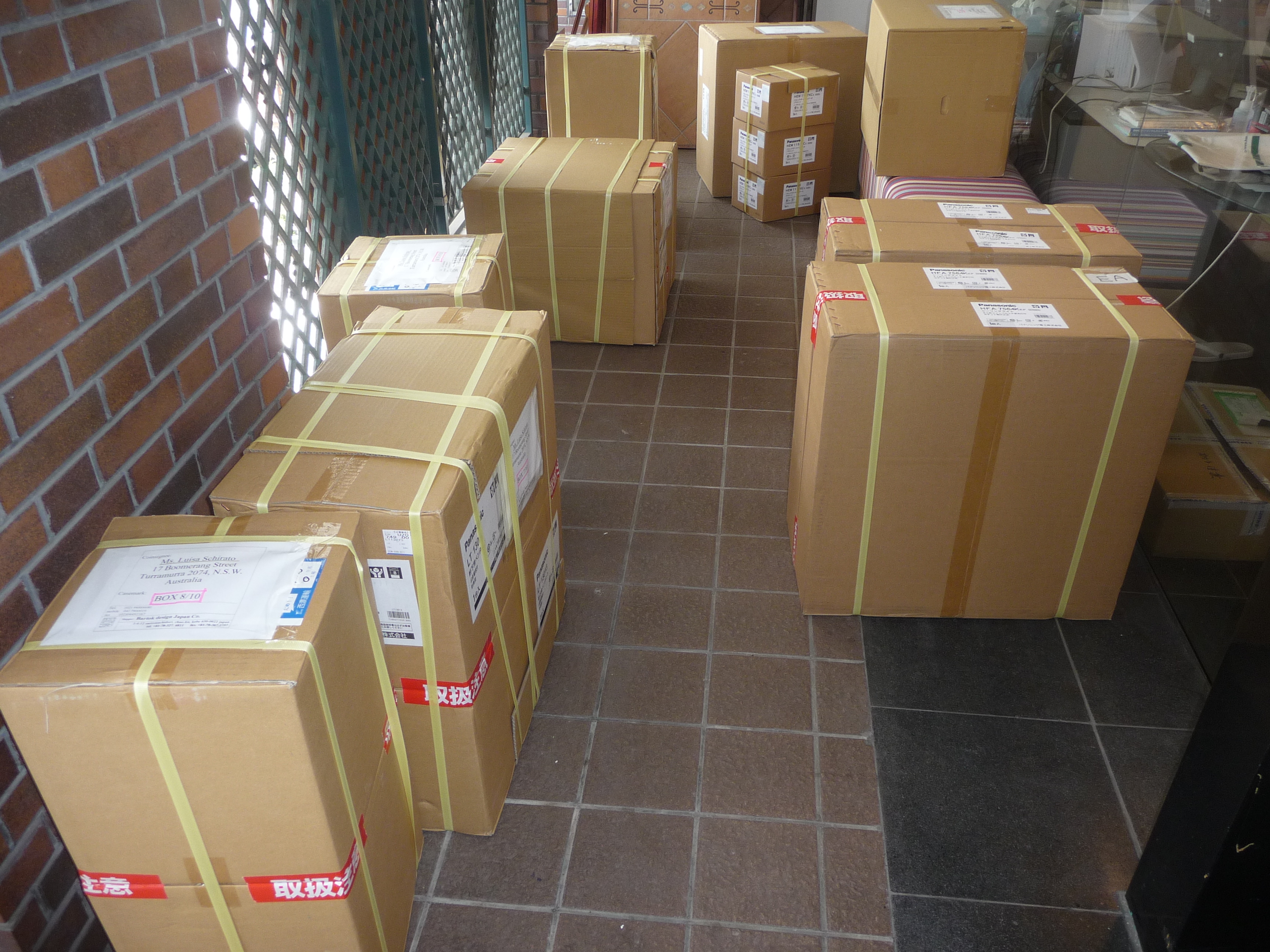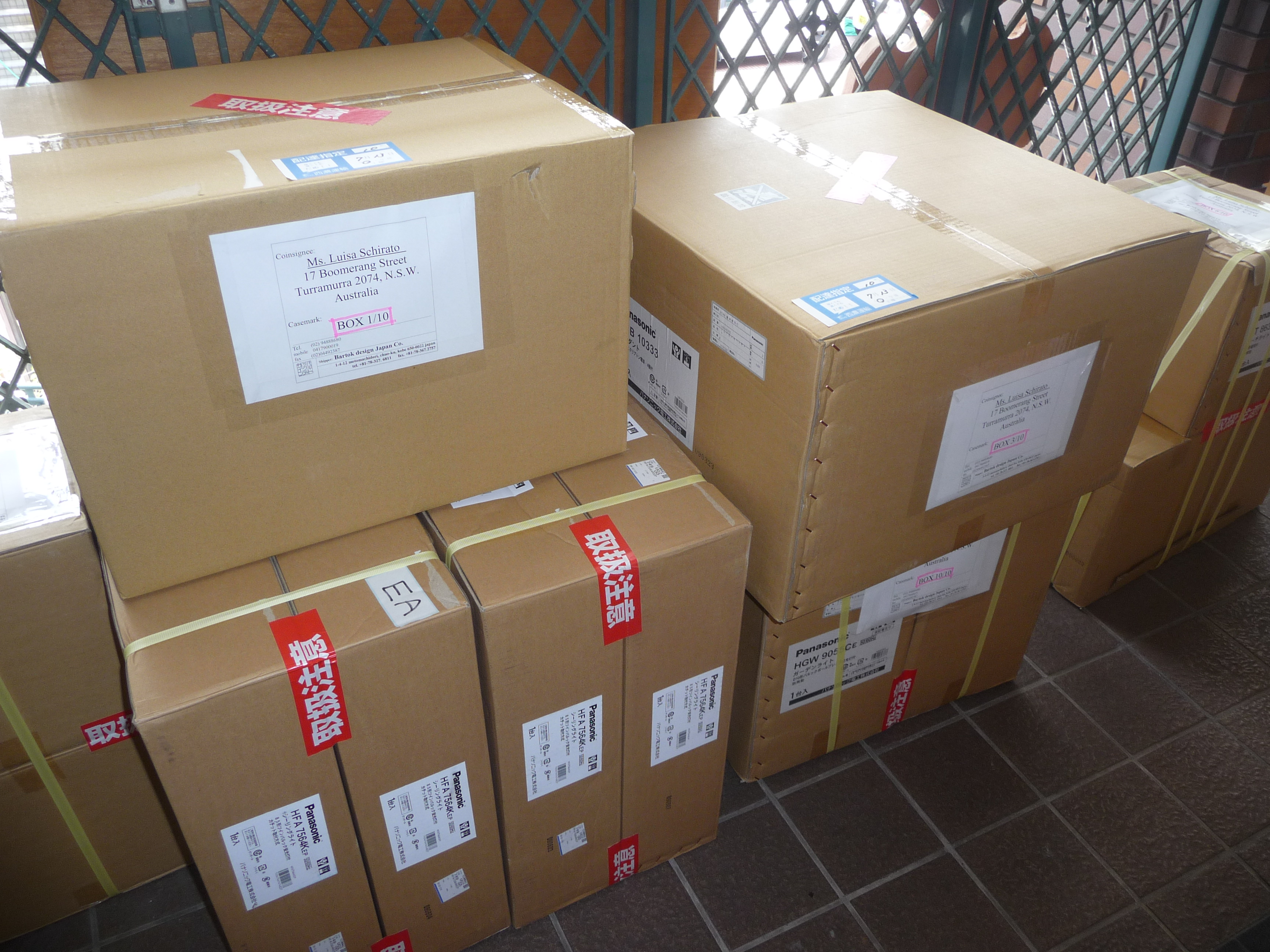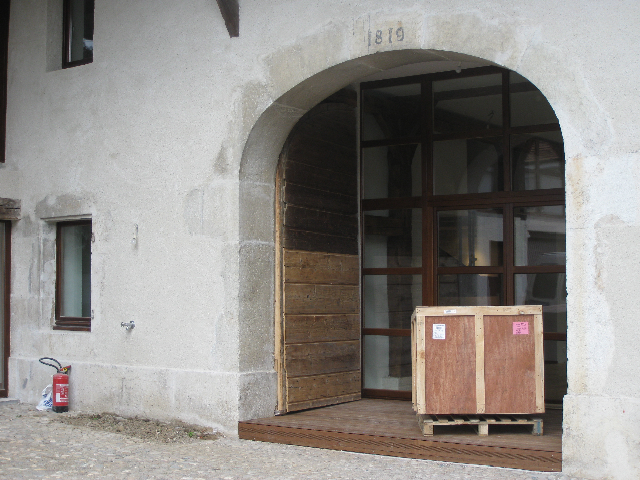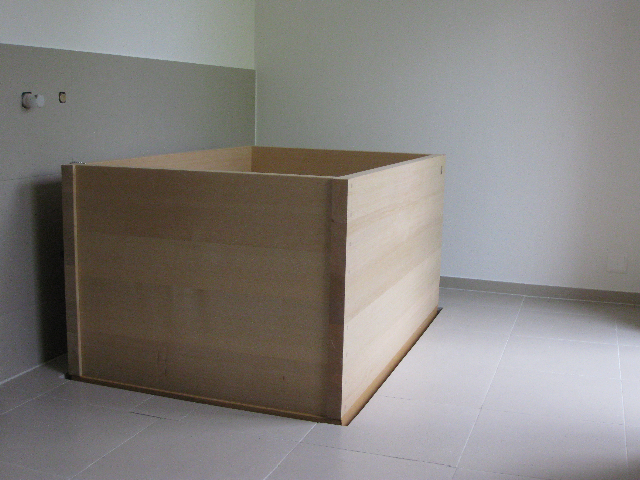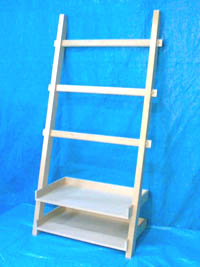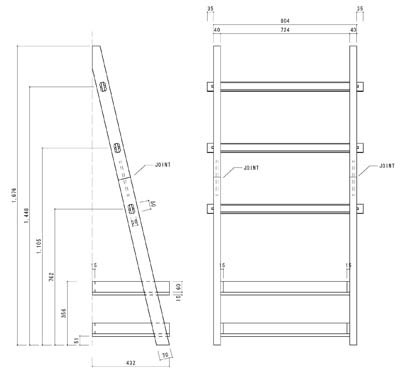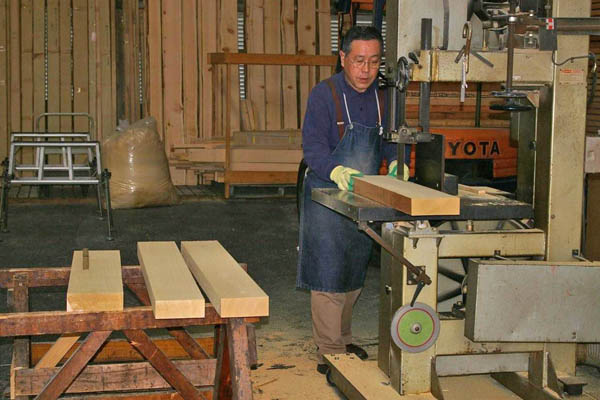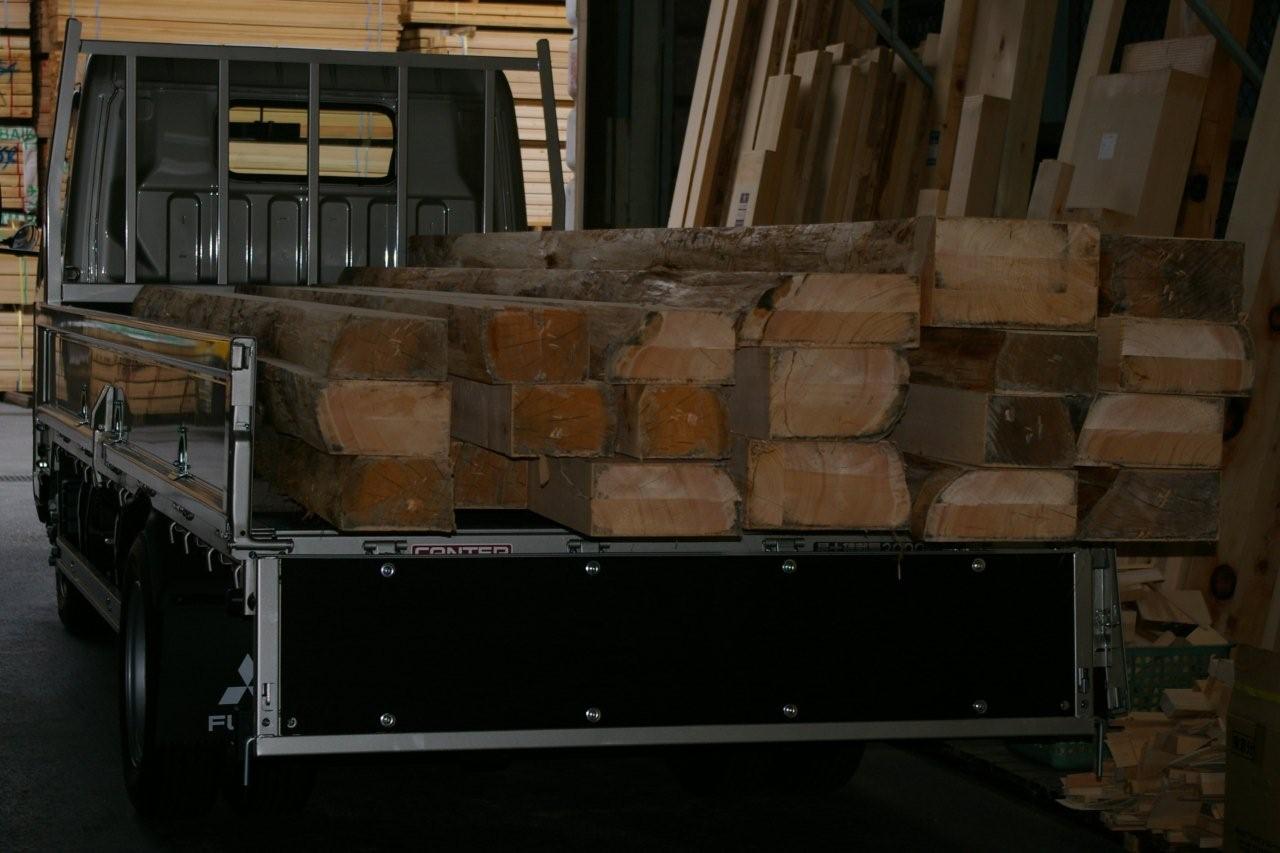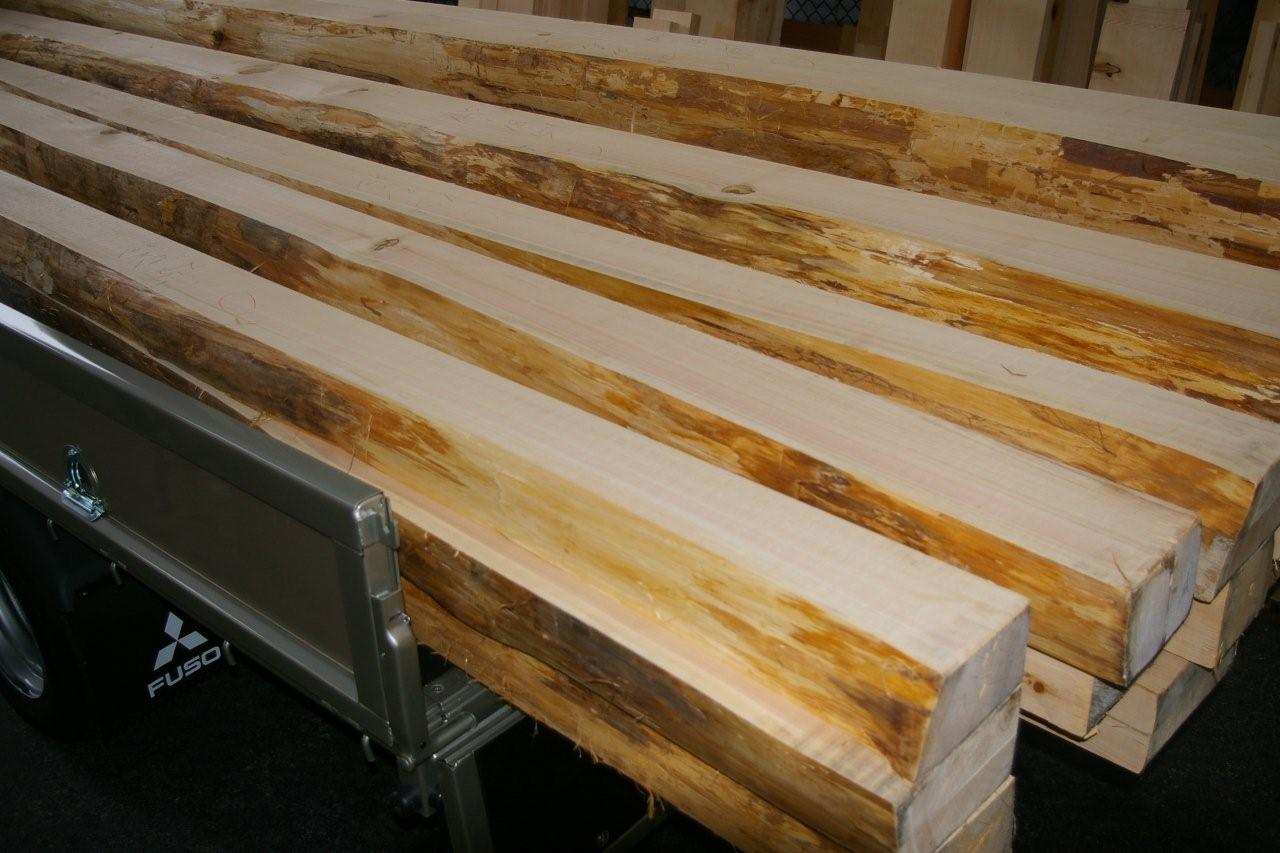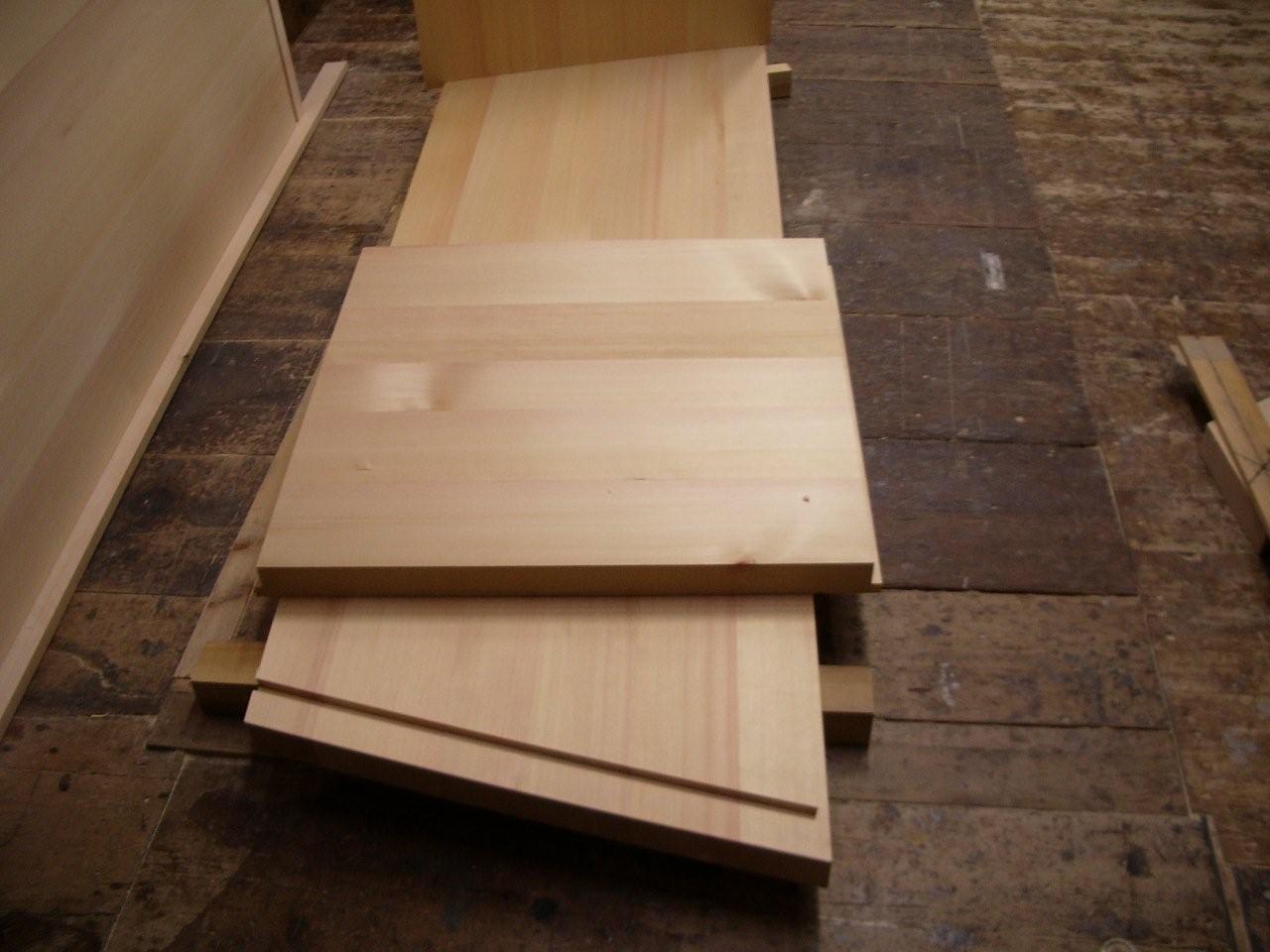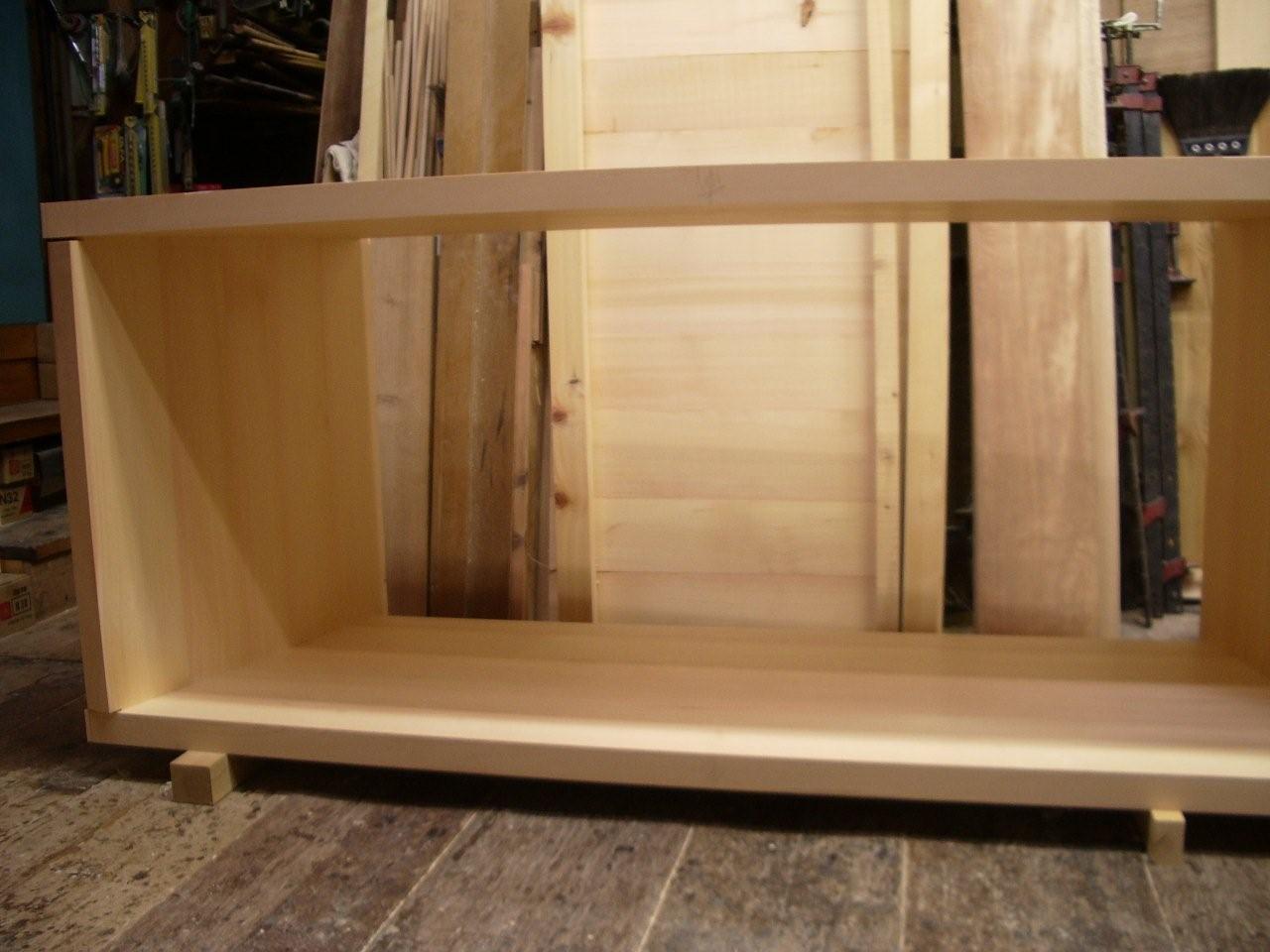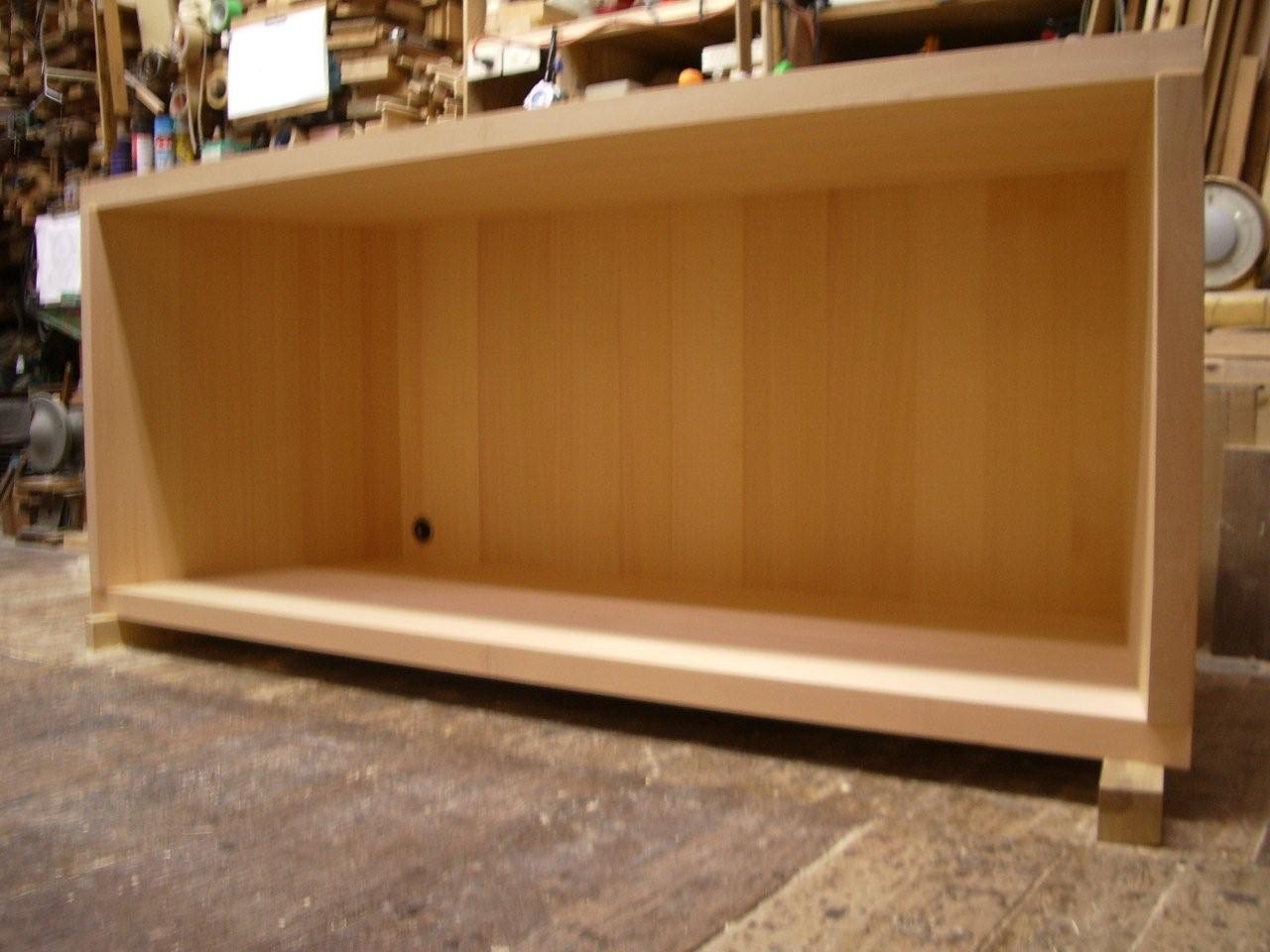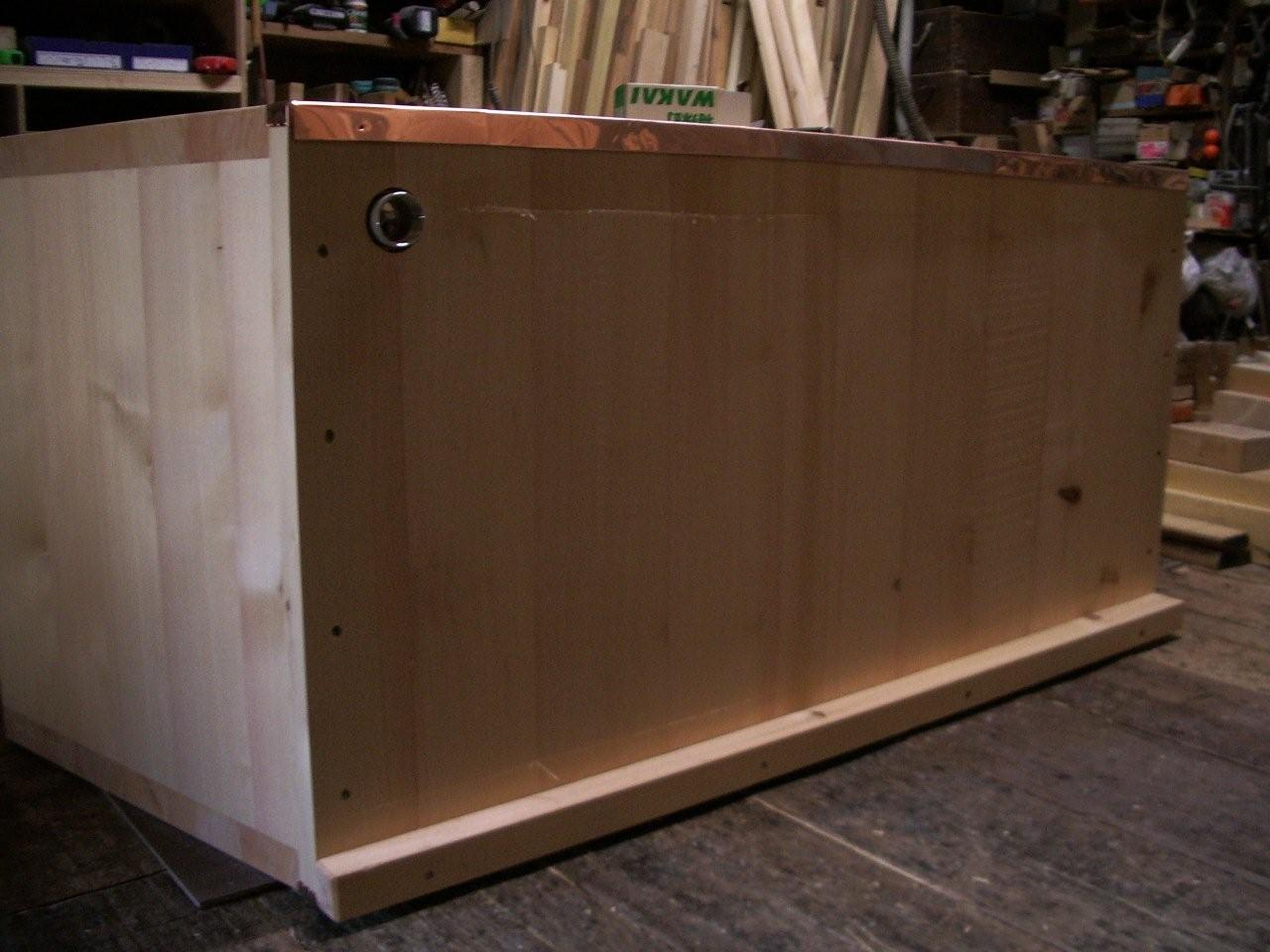Lighting fixtures for Australia
We received a mail from our previous hinoki-bath customer.
Now she wanted to complete her renovation with japanese style lighting fixtures.
The japanese maker of course cannot offer support or guarantee overseas and we had to ask our client to sign a liability release paper.
Since we are a japanese company we can purchase at 50% off listed prices and transfer this advantage to our clients. Sales conditions vary case by case according to the quantity, makers and products.
Some items are order made and may require one month or more for production. Feel free to contact us for any question.
